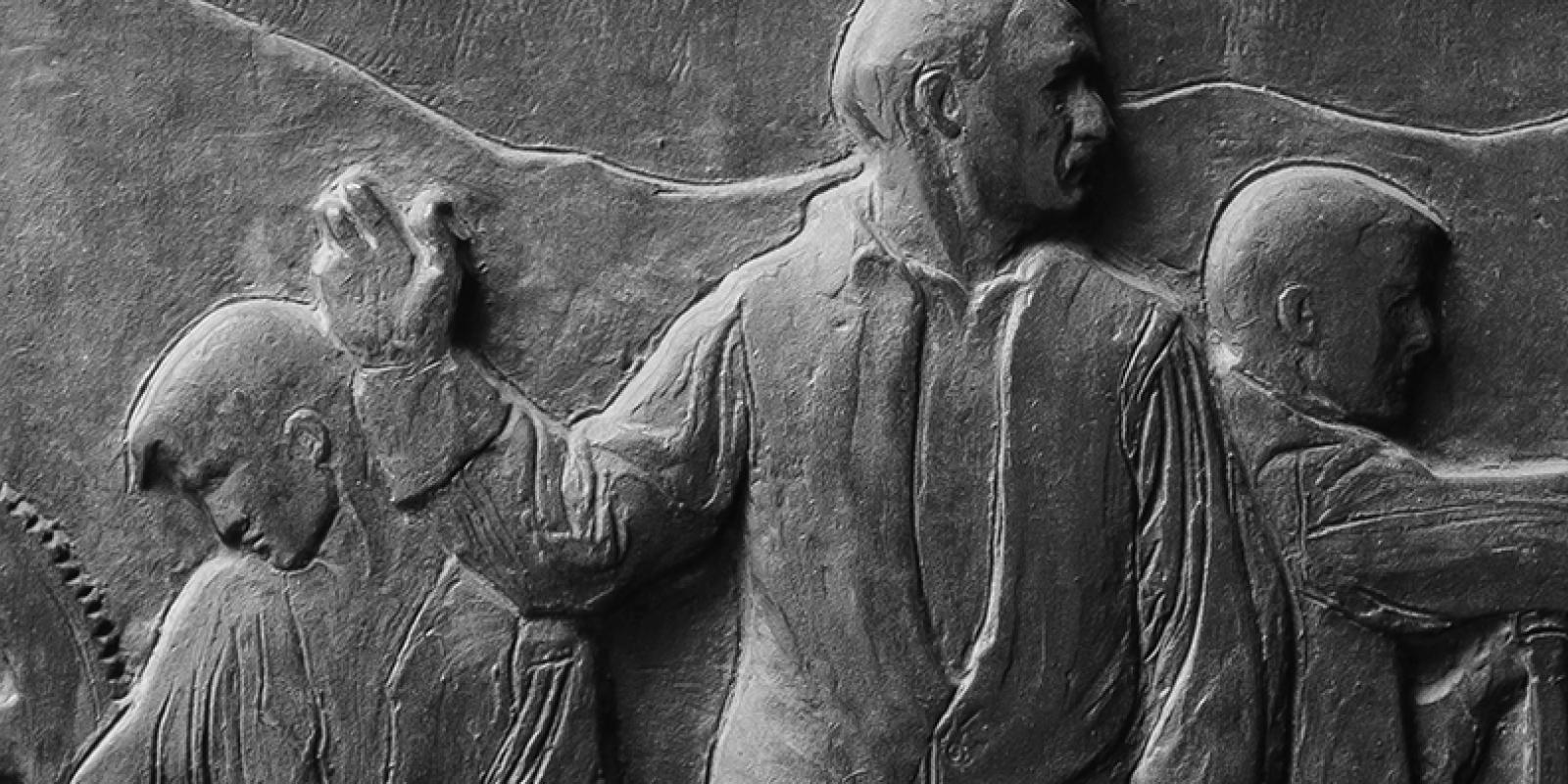Are you unintentionally sending the message that work has no place in worship? “Leave it at the door and pick it up again on your way out!”
Labor Day is upon us. This weekend many will pull out the grills for one last end of summer BBQ. We’ll take a final dip in the community pool or the lake. We’ll take advantage of the long weekend for one last getaway. Labor Day, which became an official holiday in the 1800’s has a rich history of celebration and relaxation. It is intended to honor and recognize workers and their work - encouraging progress and productivity, rest and rejuvenation.
I’ve had the opportunity to participate in a writer’s cohort, thinking specifically about the place of work in our worship. It’s hosted by Matthew Kaemingk (Fuller Theological Seminary), co-author of the book “Work and Worship: Reconnecting our Labor and Liturgy” This cohort, made up of worship leaders, pastors, and workers has spent time sharing from our own unique contexts and experiences ways in which we see worship being well-integrated into our theology of worship, and ways we see a growing disconnect that creates spiritually unhealthy dichotomies around our weekly rhythms. If our work does truly matter to God, where in worship can we authentically bring it and offer it up as thanksgiving and as petition? If God equips us and calls us to do our work, where are we hearing from God about how to live into it fully, participating as Image-bearers and those who are gathered and scattered to serve?
Over this Labor Day weekend, I encourage you as worship leaders and pastors to spend some time in reflection about how you are being intentional about bringing work into worship in holistic and meaningful ways. Here are a few points to consider.
- Be curious about the work your congregants are doing on a daily basis. Create opportunities to ask them questions about what they do - inviting conversation about the mundane, the stressful, the unique challenges and also the celebration moments. Be curious and encourage yourself to learn and know more.
- As you learn, wonder about what particular burdens and joys they bring with them into worship each week. When they walk into the doors of the sanctuary, they carry the experience of having to let a colleague go two days prior. They grieve being the medical technician who was the first to know the young woman had incurable cancer. They celebrate the breakthrough their team has been researching for 10 years. They dread returning to the cash register or the assembly line in less than 24 hours for another week of work. Jot down some of these joys and burdens you are hearing and let them sit in the forefront of your mind as you open Planning Center and begin writing liturgy or sermon.
- Think creatively about ways to bridge the disconnect between what people experience in their workplaces and what they experience at church. Are you unintentionally sending the message that work has no place in worship? “Leave it at the door and pick it up again on your way out!” Where in your liturgy and preaching is there space for the worker to pray over their work, offer it up to God, and think about how God might be forming them as workers through worship and Word?
- Challenge yourself in these coming months to view your liturgical planning through the lens of workers. The new school year has begun, the church ministry year has launched and this feels for many like a season of “beginnings.” Let this Labor day be the beginning of a reimagining about how worship and work not only intersect but do a beautiful circuitous dance of offering and thanksgiving to God.


